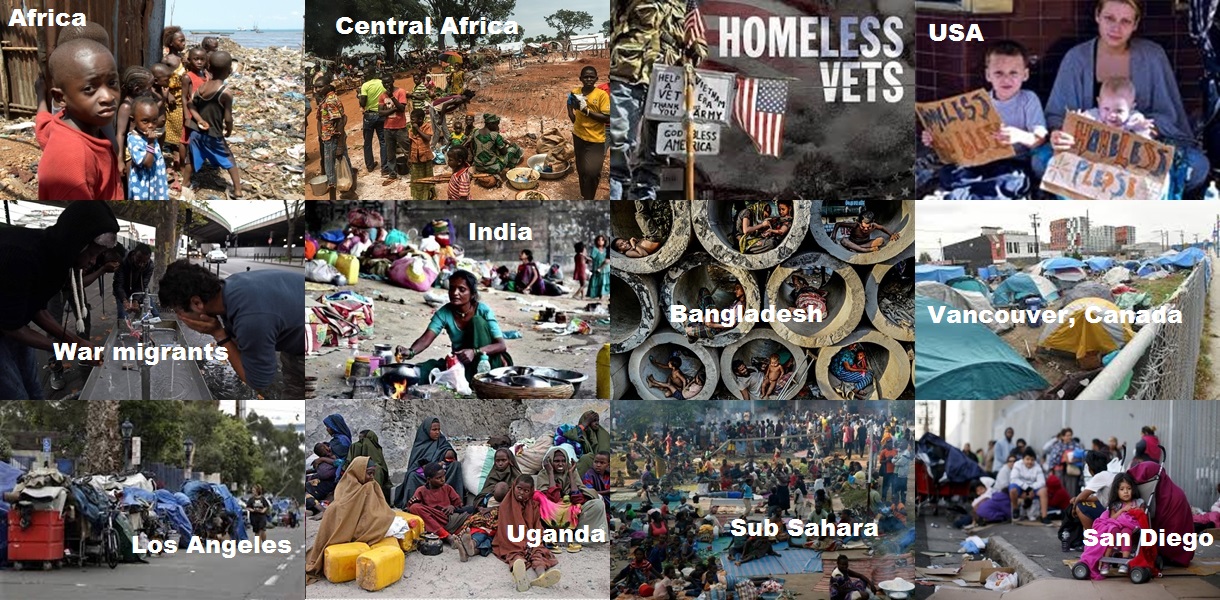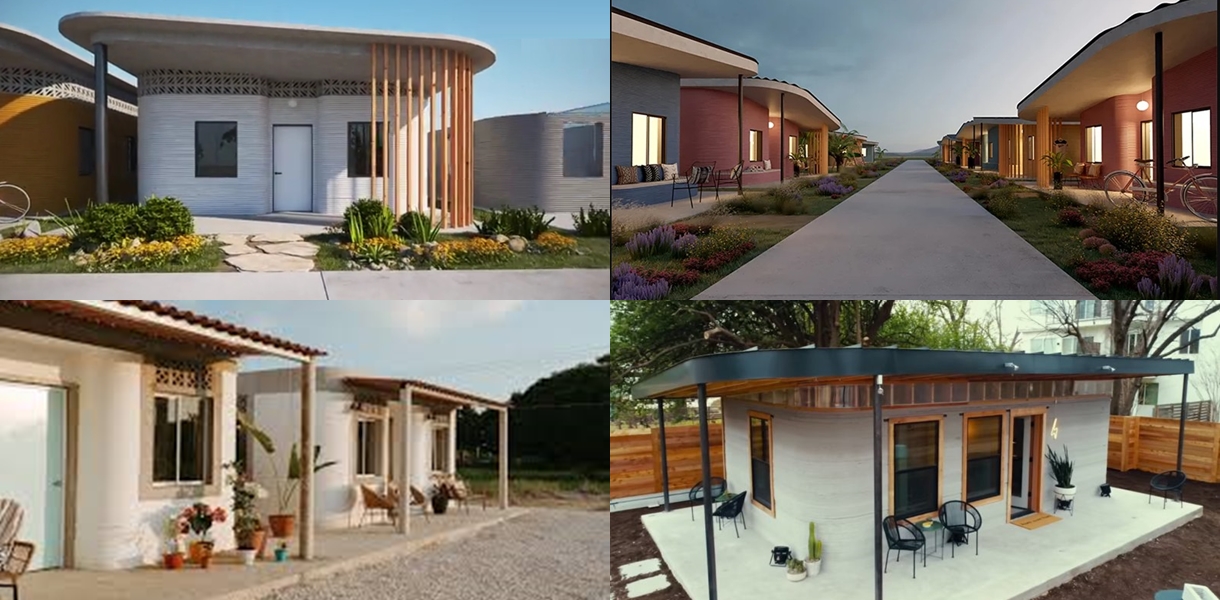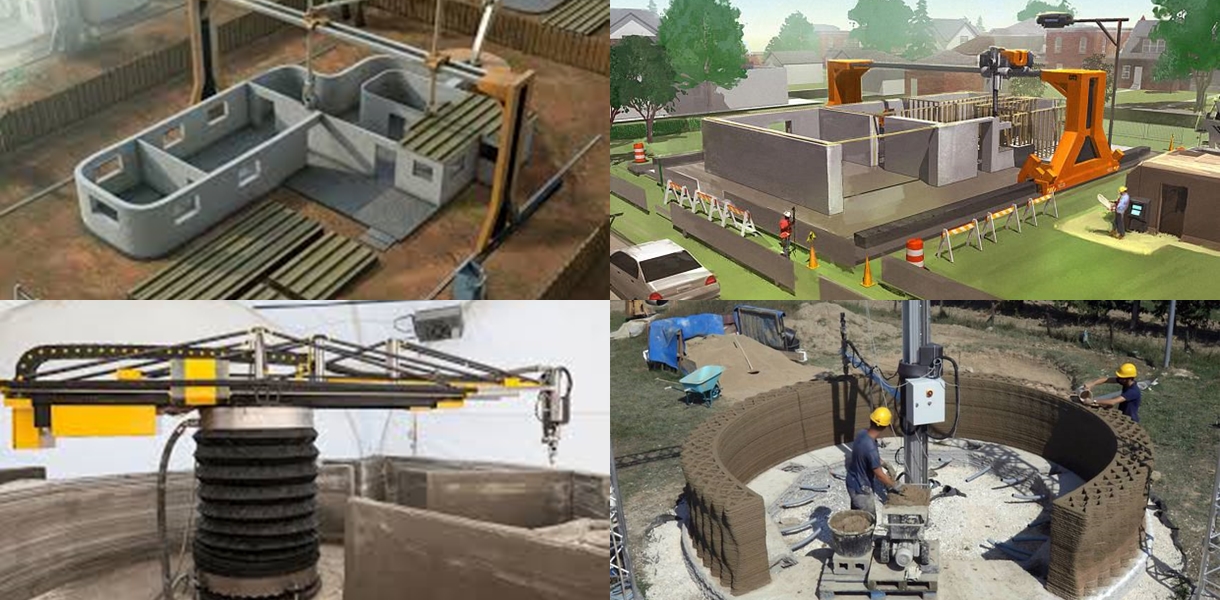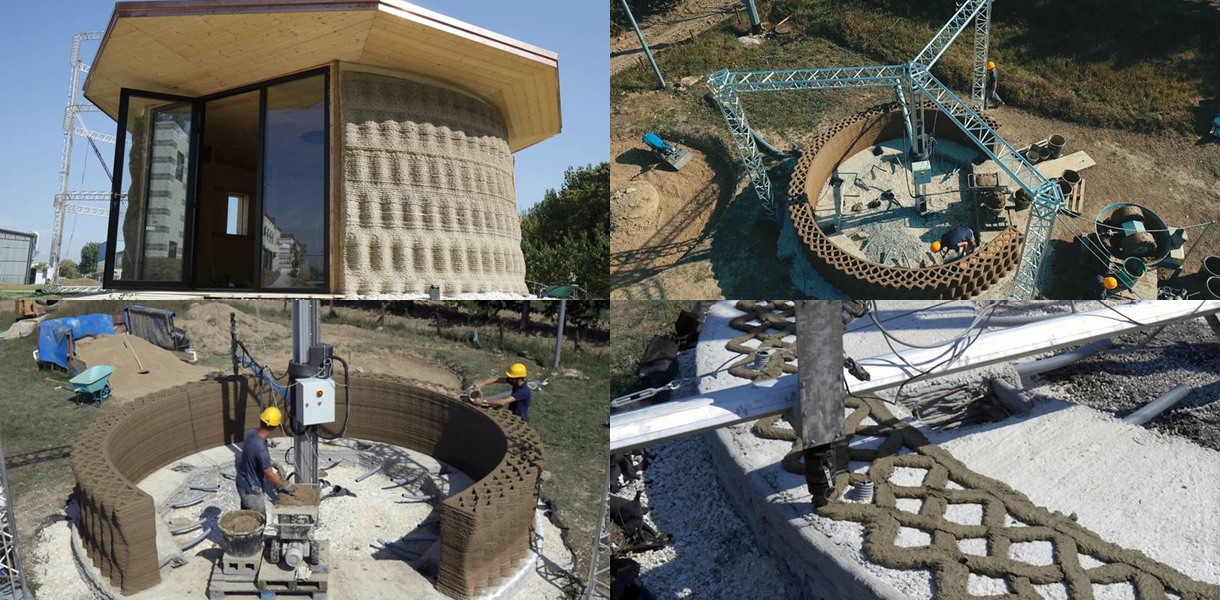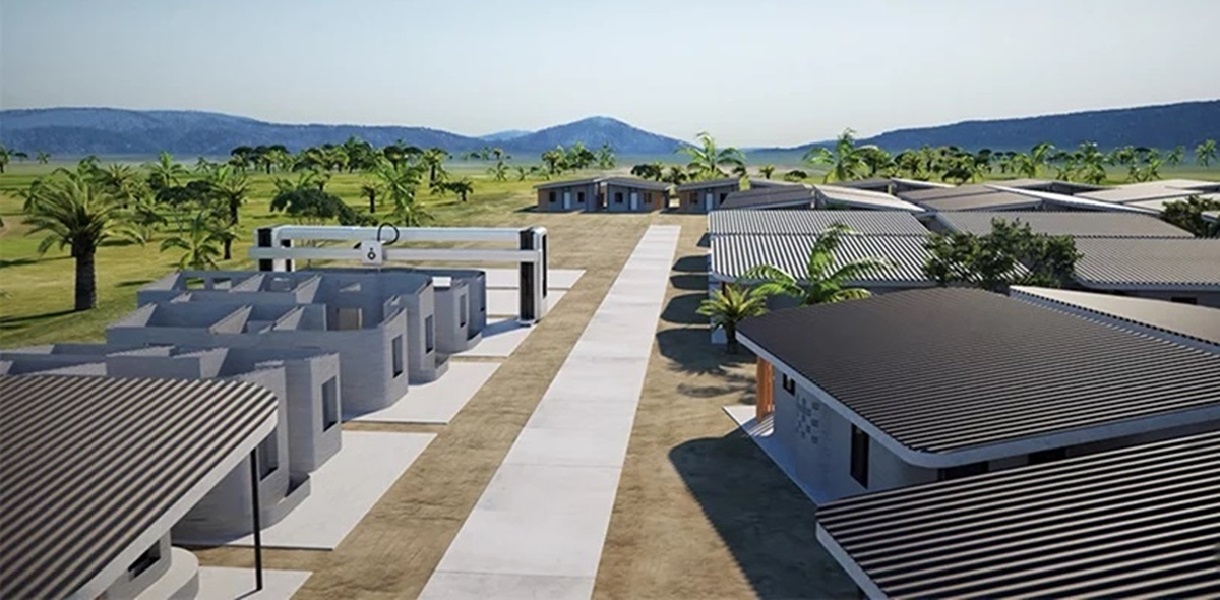
FREE 3D PRINTED AND MOBILE HOMES FOR HOME LESS
Based on national reports, it's estimated that no less than 150 million people, or about 2 percent of the world's population, are homeless. However, about 1.6 billion, more than 20 percent of the world's population, may lack adequate housing
Homelessness is a complex issue, with varied and sometimes conflicting definitions. Saadhake Global Foundation is open and working with various local Government, NGOs, NPOs, and agencies related to this issue relating and sitting at the intersection of public health, housing affordability, domestic violence, mental illness, substance misuse, urbanization, racial and gender discrimination, infrastructure, and unemployment. The interplay between these elements is expressed in a host of ways depending upon local context.
Levels of homelessness rise and fall dependent on shifts in and changes to any one of the elements. But with the right mix of program interventions, well-coordinated local systems, and effective policy, we have seen that homelessness is an issue that can be successfully solved in partnership with 3D Printed Homes and Raw Materials companies to bring the happy homes for home less people.
Approach and Execution Strategy Shelter and Homes Projects
- Right from inception identifying the homeless local volunteers and involving them to help them selves and communities to be part of the on going home projects for those who are genuinely homeless
- Identifying the Lands those are permitted by local government and suitable for the projects
- identifying the Sanitation, water, power and food resources and road and network access
- if not available , work on those needs first , until up and running. either it may be solar, wind or combination conventional power grid.
- Come up best selection, i.e Mobile homes, Ready made Home Vs 3D Printed Homes Vs conventional way of building homes.
- Get the designs approvals from local authorities
- Involve the future home owners during design, approvals and construction in every aspect to understand the home construction..and materials.
- Train the owners as volunteers to maintain those homes, properly
- Register the homes on individual or families names on basis neither for resale nor transfer and then finally hand over the keys to Homeless people.
- Appoint a Manager to look after ongoing maintenance and pro actively help them for happy .homes.
People who experience homelessness are not distinct and separate from the rest of the population. In fact, the line between being homed and homeless is quite fluid. In general, the pathways into and out of homelessness are neither linear nor uniform. Individuals and families who experience homelessness may not share much in common with each other, aside from the fact that they are extremely vulnerable, and lack adequate housing and income and the necessary supports to ensure they stay housed. The causes of homelessness reflect an intricate interplay between structural factors, systems failures and individual circumstances. Homelessness is usually the result of the cumulative impact of a number of factors, rather than a single cause.
Causes or Drivers for Homelessness
Structural factors
Structural factors are economic and societal issues that affect opportunities and social environments for individuals. Key factors can include the lack of adequate income, access to affordable housing and health supports and/or the experience of discrimination. Shifts in the economy both nationally and locally can create challenges for people to earn an adequate income, pay for food and for housing.
Poverty
Homelessness and poverty are inextricably linked. People who are impoverished are frequently unable to pay for necessities such as housing, food, childcare, health care, and education. Poverty can mean a person is one illness, one accident, or one paycheck away from living on the streets.
Housing
A critical shortage of housing that is affordable, safe and stable directly contributes to homelessness. The millions of families and individuals living in "core need" (paying more than 50% of their income on housing) are at serious risk of homelessness, as are families and individuals spending more than 30% of their income on housing. Arguably, the most impactful factor is the lack of affordable housing nationwide; however, discrimination can impede access to employment, housing, justice and helpful services. Racial and sexual minorities are at greater risk of such discrimination.
System failures
Systems failures occur when other systems of care and support fail, requiring vulnerable people to turn to the homelessness sector, when other mainstream services could have prevented this need. Examples of systems failures include difficult transitions from child welfare,inadequate discharge planning for people leaving hospitals,corrections and mental health and addictions facilities and a lack of support for immigrants and refugees.
Personal circumstances and relational problems
Individual and relational factors apply to the personal circumstances of a person experiencing homelessness, and may include:traumatic events(e.g. house fire or job loss), personal crisis (e.g. family break-up or domestic violence),mental health and addictions challenges (including brain injury and fetal alcohol syndrome), which can be both a cause and consequence of homelessness and physical health problems or disabilities. Relational problems can include family violence and abuse, addictions, and mental health problems of other family members and extreme poverty.
Domestic Violence
There is an undeniable connection between domestic violence and homelessness. Family violence, estimated to affect 237 victims per 100,000 people, can force individuals and families to leave home suddenly, without proper supports in place. This is particularly an issue for youth and women, especially those with children. Women who experience violence and/or live in poverty are often forced to choose between abusive relationships and homelessness. Young people that are victims of sexual, physical or psychological abuse often end up experiencing homelessness. As well,seniors that are experiencing abuse and neglect are increasingly at risk of homelessness.
At Saadhake Global Foundaton we are inspired to bring " A Place to call Home " initiative that focuses on following three groups
First, street homelessness defined in this way reflects a higher level of commonality across the globe (being present in both the developed and developing worlds) than do some of the temporary, crisis or inadequate forms of accommodation captured in Categories 2 and 3 which can be more specific to particular world regions 13.
Second, street homeless people are often neglected in strategies to tackle 'homelessness' in favor of more numerous and better organized groups living in inadequate housing, such as shack and slum dwellers.
Third, many organizations, networks and initiative already exist to focus on slum dwellers, refugees, asylum seekers, and internally displaced peoples.
- People without accommodation
- People sleeping in the streets or in other open spaces (such as parks, railway embankments, under bridges, on pavement, on river banks, in forests, etc.)
- People sleeping in public roofed spaces or buildings not intended for human habitation (such as bus and railway stations, taxi ranks, derelict buildings, public buildings, etc.)
- People sleeping in their cars, rickshaws, open fishing boats and other forms of transport 'Pavement dwellers' - individuals or households who live on the street in a regular spot, usually with some form of makeshift cover
- People living in temporary or crisis accommodation
- People staying in night shelters (where occupants have to renegotiate their accommodation nightly).
- People living in homeless hostels and other types of temporary accommodation for homeless people (where occupants have a designated bed or room).
- Women and children living in refuges for those fleeing domestic violence
- People living in camps provided for 'internally displaced people' i.e. those who have fled their homes as a result of armed conflict, natural or human-made disasters, human rights violations, development projects, etc. but have not crossed international borders.
- People living in camps or reception centers /temporary accommodation for asylum seekers, refugees and other immigrants
- People living in severely inadequate and/or insecure accommodation
- People sharing with friends and relatives on a temporary basis.
- People living under threat of violence
- People living in cheap hotels, bed and breakfasts and similar.
- People squatting in conventional housing
- People living in conventional housing that is unfit for human habitation People living in trailers, caravans and tents
- People living in extremely overcrowded conditions
- People living in non-conventional buildings and temporary structures, including those living in slums /informal settlements
